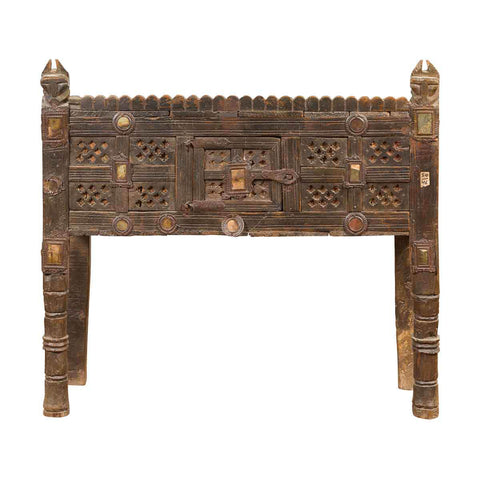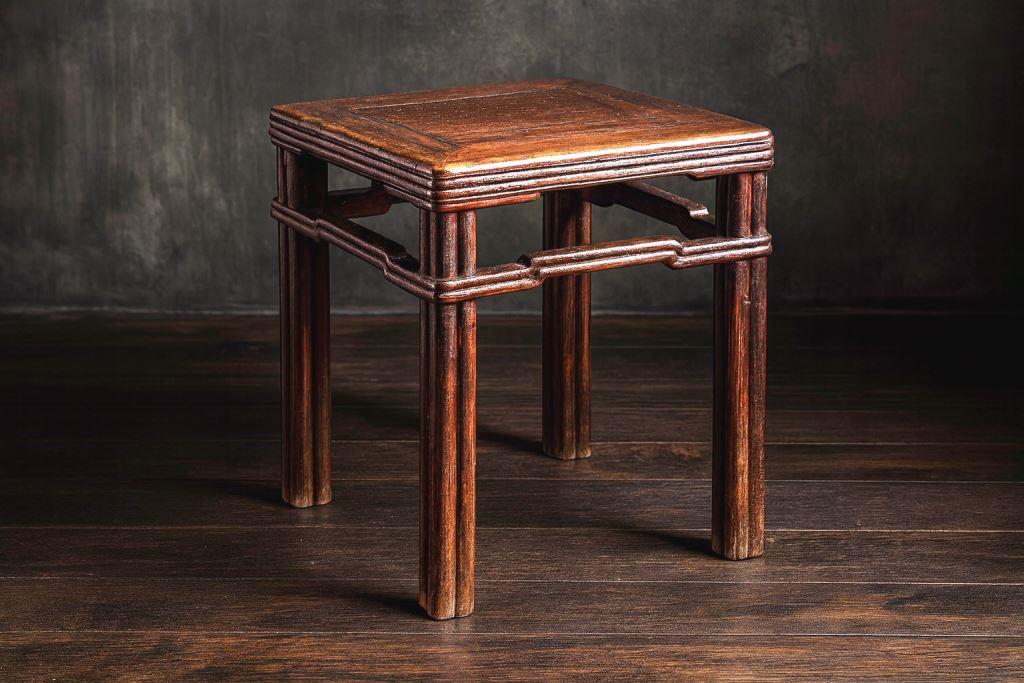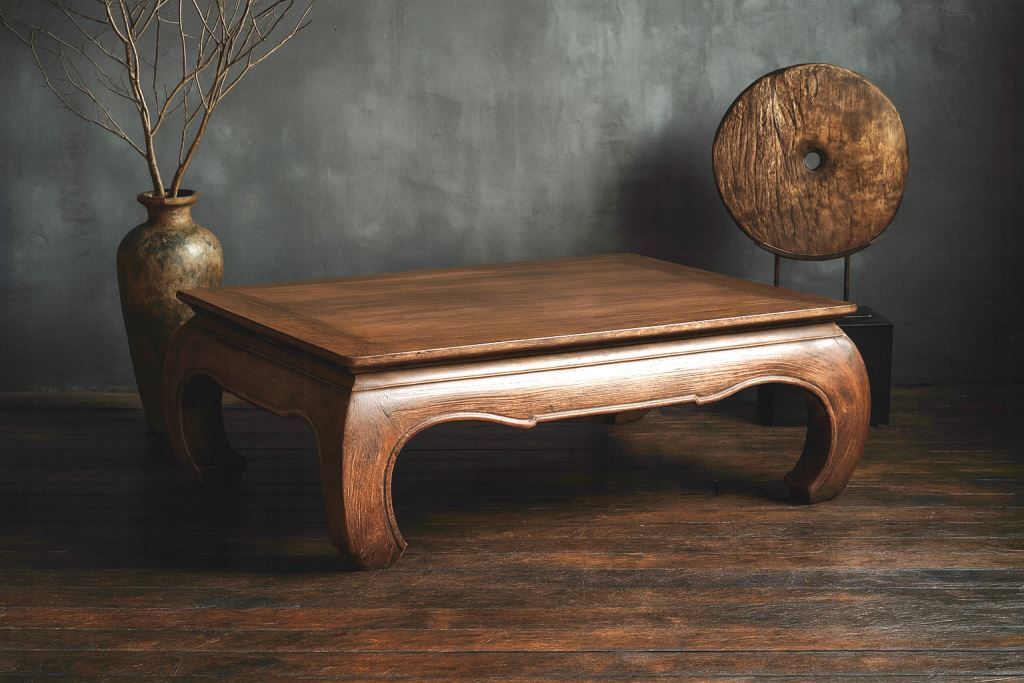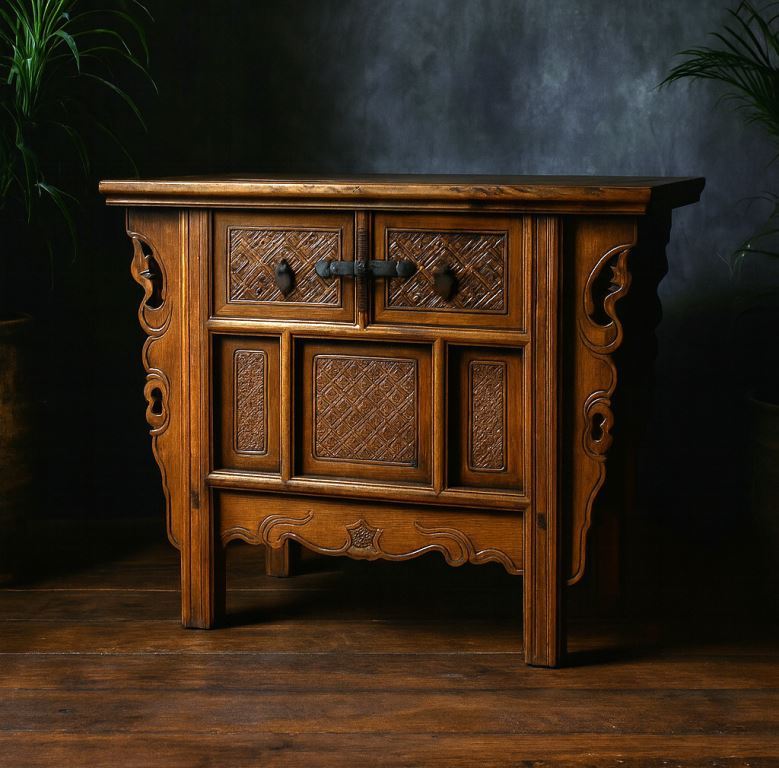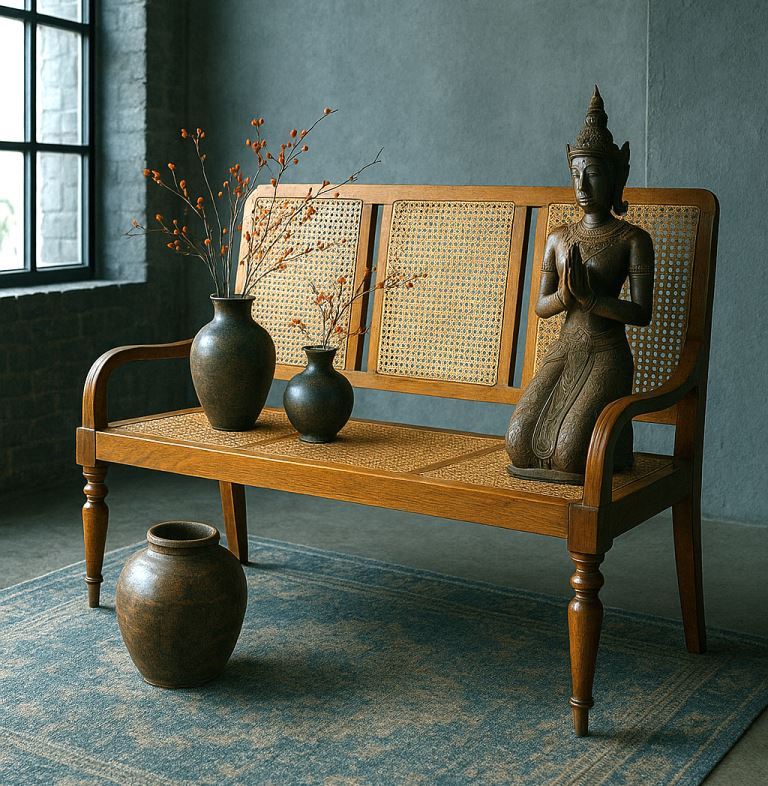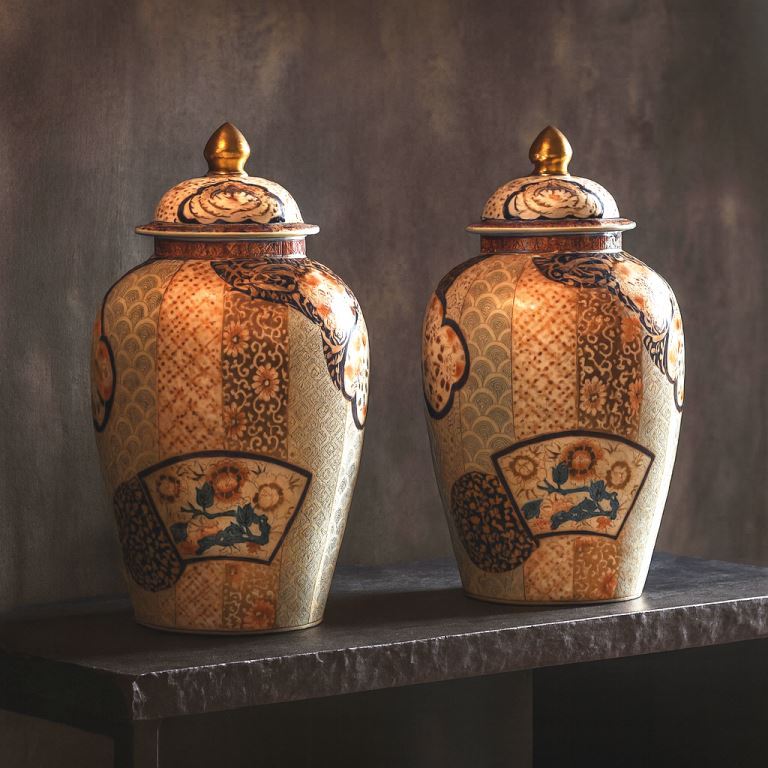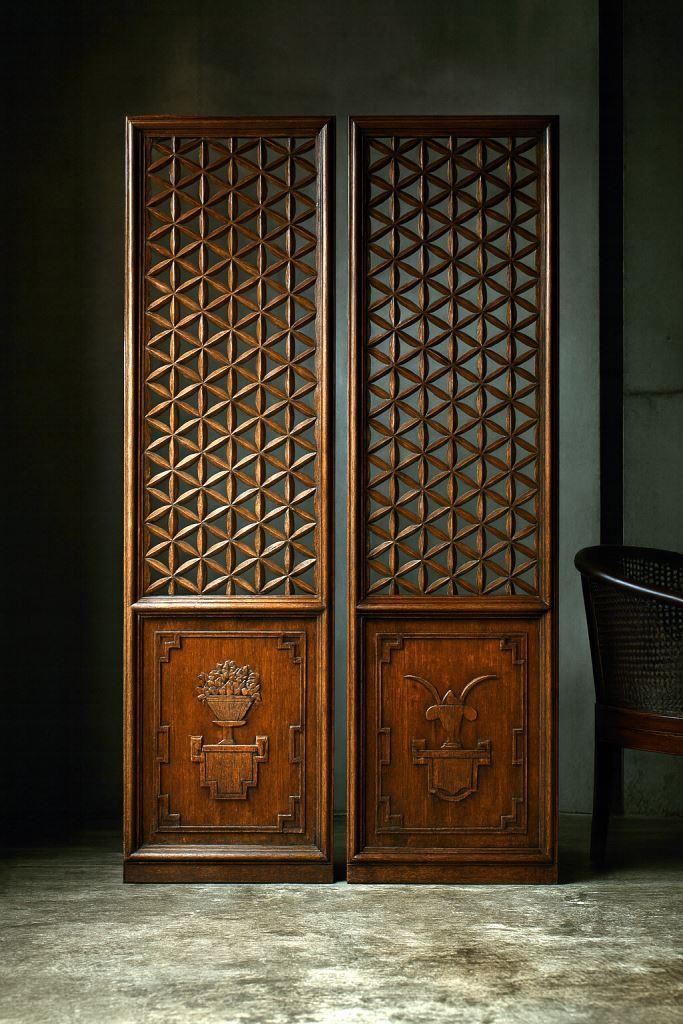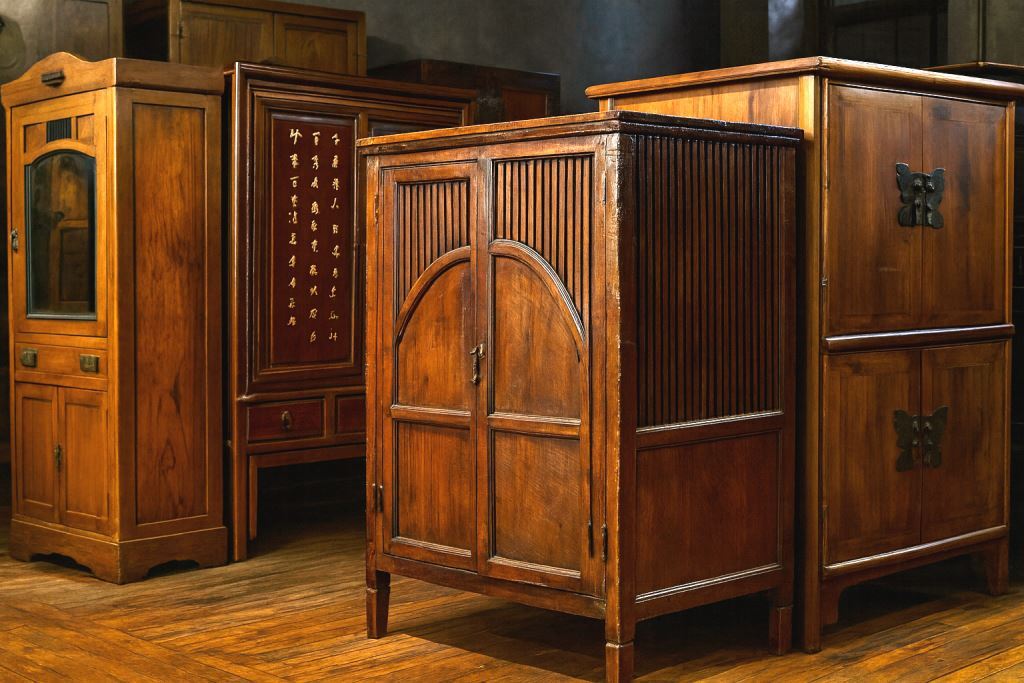Antiques have a special kind of charm. They’re more than just old objects; they hold stories, history, and the artisans' skills. Their high price often reflects these qualities. But what exactly makes an antique valuable? It usually comes down to things like how rare the piece is, its historical importance, the craftsmanship involved, and even its potential as a long-term investment.
Rarity
Rarity is one of the primary factors that drive the value of antiques. As time progresses, many antique items become increasingly scarce, especially those that were produced in limited quantities or have survived through centuries. The limited availability of these unique pieces makes them highly sought after by collectors and enthusiasts, driving up their market value. Rare items often have fewer comparable pieces available, increasing their desirability and price. For instance, a rare piece of Ming Dynasty porcelain might command a high price at auction due to its scarcity and the historical context in which it was created.
Historical Significance
The historical significance of an antique significantly contributes to its value. Antiques offer a tangible connection to the past, allowing us to understand and appreciate earlier times' lives, cultures, and events. Each piece reflects the era in which it was made, capturing that period's artistry, craftsmanship, and cultural influences. Items with a direct connection to significant historical events, famous individuals, or notable periods in history tend to be especially valuable. For example, furniture from the Qing Dynasty or a Japanese Tansu from the Meiji period not only represent the craftsmanship of their time but also provide insight into the cultural and societal norms of those eras. This historical context enhances their value and appeal to collectors.
Quality and Craftsmanship
Antiques are often admired for their superior quality and craftsmanship, which are rarely matched by modern manufacturing processes. Many antiques were handcrafted by skilled artisans who dedicated significant time and effort to perfecting their work. The materials used in antique pieces were typically of high quality, contributing to their durability and longevity. For instance, the intricate carvings on an Indian antique chest or the fine detailing on a Chinese jade sculpture reflect a level of craftsmanship that is difficult to replicate today. This attention to detail and the use of high-quality materials make these items not only aesthetically pleasing but also durable and long-lasting, further increasing their value.
Investment Potential
In addition to their aesthetic and historical value, antiques are also seen as sound financial investments. Over time, the value of well-maintained antiques tends to be appreciated, making them attractive assets for investors. This is particularly true for items that are rare, historically significant, or of exceptional quality. In many countries with a deep appreciation for cultural heritage, the demand for antiques remains strong, driving up prices even further. Collectors and investors alike recognize the potential for long-term financial gain in acquiring valuable antiques, adding another layer to their overall worth. Appreciation in value is often seen in items that are part of a dwindling supply, such as specific types of ceramics, furniture, or artwork from historical periods.
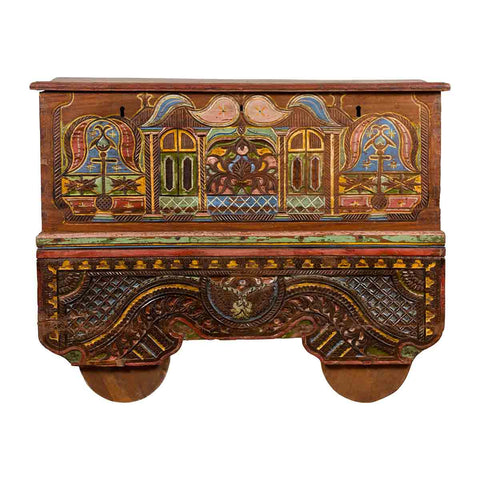
The Appeal of Asian Antiques
Asian antiques hold a special place in the world of collectors due to the rich cultural heritage and artistic traditions of countries like China, Japan, India, and Southeast Asia. These regions have a long history of producing exceptional artworks and artifacts, ranging from intricately carved furniture to delicate porcelain. Asian antiques are particularly valued for their craftsmanship, cultural significance, and the unique beauty they bring to any collection. For example, a 19th-century merchant’s blanket chest from Indonesia showcases both hand-carved craftsmanship and hand-painted artistry, making it a coveted piece for collectors. The demand for such items continues to grow as more people appreciate the cultural narratives and historical importance they embody.
The FEA Home Difference
At FEA Home, we understand the true value of antiques and vintage goods. Our passion for preserving history and promoting cultural appreciation is reflected in our carefully curated collection of exquisite Asian antiques. From Ming and Qing Dynasty pieces to Meiji period Japanese Tansu and 19th-century Indian chests, our selection is chosen for its authenticity, quality, and aesthetic appeal. Since the 1960s, the Rose Family has traveled extensively across the Far East, building trusted relationships with local vendors to ensure that every item in our collection is of the highest quality.
Whether you are an avid collector or a novice enthusiast, we invite you to explore our diverse range of antiques and experience the magic of history. Each piece in our collection tells a unique story, offering you the opportunity to bring a piece of the past into your home. Discover the perfect antique to elevate your space, or contact us at 914-423-3380 to learn more about our offerings.

